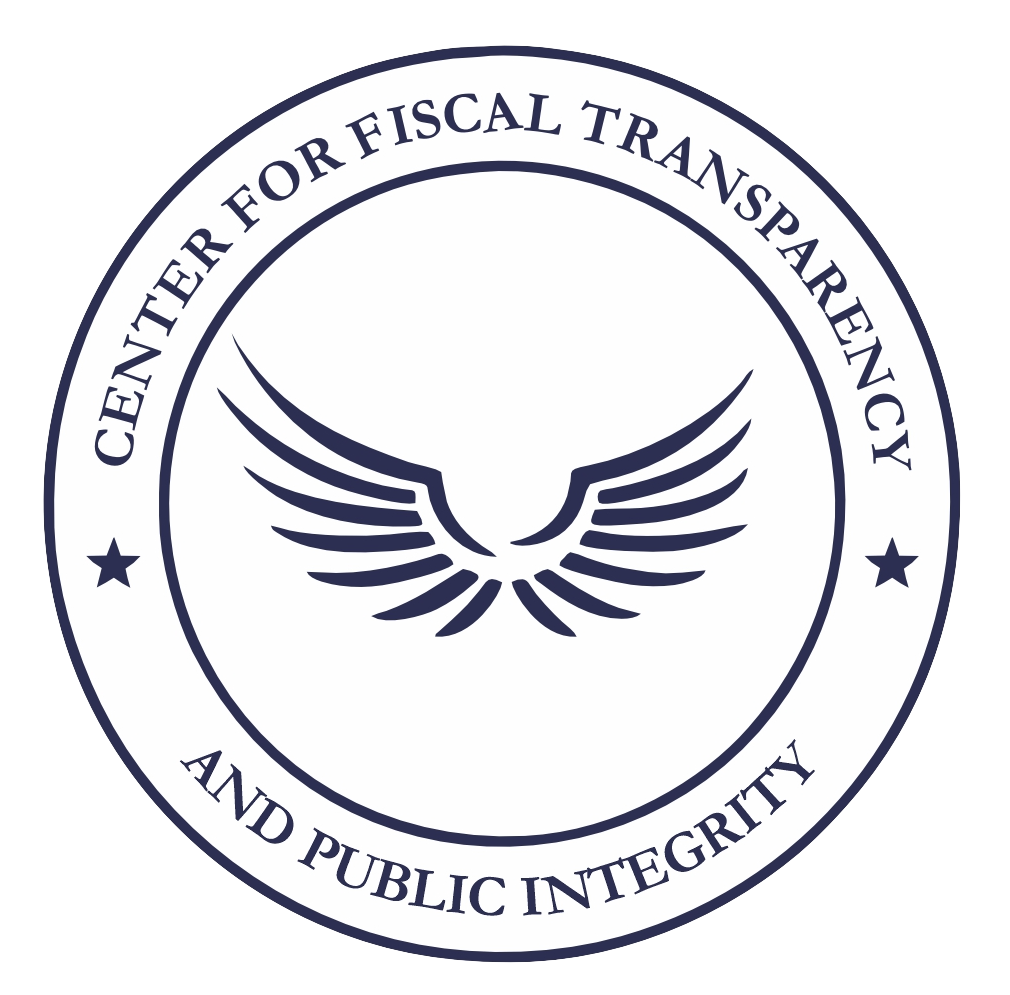Fraud and financial crimes
- Altering in an unauthorized way. This requires little technical expertise and is common form of theft by employees altering the data before entry or entering false data, or by entering unauthorized instructions or using unauthorized processes;
- Altering, destroying, suppressing, or stealing output, usually to conceal unauthorized transactions. This is difficult to detect;
- Altering or deleting stored data;
Other forms of fraud may be facilitated using computer systems, including: bank fraud, carding, identity theft, extortion, and theft of classified information.
A variety of internet scams, many based on phishing and social engineering, target consumers and businesses.
Cyberterrorism
Cyberterrorism in general, can be defined as an act of terrorism committed through the use of cyberspace or computer resources (Parker 1983). As such, a simple propaganda in the Internet, that there will be bomb attacks during the holidays can be considered cyberterrorism. As well there are also hacking activities directed towards individuals, families, organized by groups within networks, tending to cause fear among people, demonstrate power, collecting information relevant for ruining peoples’ lives, robberies, blackmailing etc.
Cyberextortion
Cyberwarfare
Computer as a target
These crimes are committed by a selected group of criminals. Unlike crimes using the computer as a tool, these crimes require the technical knowledge of the perpetrators. As such, as technology evolves, so too does the nature of the crime. These crimes are relatively new, having been in existence for only as long as computers have – which explains how unprepared society and the world in general is towards combating these crimes. There are numerous crimes of this nature committed daily on the internet:
Crimes that primarily target computer networks or devices include:
- Computer viruses
- Denial-of-service attacks
- Malware (malicious code)
Computer as a tool
Crimes that use computer networks or devices to advance other ends include:
- Fraud and identity theft (although this increasingly uses malware, hacking and/or phishing, making it an example of both “computer as target” and “computer as tool” crime)
- Information warfare
- Phishing scams
- Spam
- Propagation of illegal obscene or offensive content, including harassment and threats
The unsolicited sending of bulk email for commercial purposes (spam) is unlawful in some jurisdictions.
Phishing is mostly propagated via email. Phishing emails may contain links to other websites that are affected by malware. Or, they may contain links to fake online banking or other websites used to steal private account information.
Obscene or offensive content
The content of websites and other electronic communications may be distasteful, obscene or offensive for a variety of reasons. In some instances these communications may be legal.
The extent to which these communications are unlawful varies greatly between countries, and even within nations. It is a sensitive area in which the courts can become involved in arbitrating between groups with strong beliefs.
One area of Internet pornography that has been the target of the strongest efforts at curtailment is child pornography.
Harassment
Whereas content may be offensive in a non-specific way, harassment directs obscenities and derogatory comments at specific individuals focusing for example on gender, race, religion, nationality, sexual orientation. This often occurs in chat rooms, through newsgroups, and by sending hate e-mail to interested parties. Harassment on the internet also includes revenge porn.
There are instances where committing a crime using a computer can lead to an enhanced sentence. For example, in the case of United States v. Neil Scott Kramer, Kramer was served an enhanced sentence according to the U.S. Sentencing Guidelines Manual §2G1.3(b)(3) for his use of a cell phone to “persuade, induce, entice, coerce, or facilitate the travel of, the minor to engage in prohibited sexual conduct.” Kramer argued that this claim was insufficient because his charge included persuading through a computer device and his cellular phone technically is not a computer. Although Kramer tried to argue this point, U.S. Sentencing Guidelines Manual states that the term computer “means an electronic, magnetic, optical, electrochemical, or other high speed data processing device performing logical, arithmetic, or storage functions, and includes any data storage facility or communications facility directly related to or operating in conjunction with such device.”
Connecticut was the first state to pass a statute making it a criminal offense to harass someone by computer. Michigan, Arizona\, and Virginia and South Carolina have also passed laws banning harassment by electronic means.
Harassment as defined in the U.S. computer statutes is typically distinct from cyberbullying, in that the former usually relates to a person’s “use a computer or computer network to communicate obscene, vulgar, profane, lewd, lascivious, or indecent language, or make any suggestion or proposal of an obscene nature, or threaten any illegal or immoral act,” while the latter need not involve anything of a sexual nature.
Although freedom of speech is protected by law in most democratic societies (in the US this is done by the First Amendment), it does not include all types of speech. In fact spoken or written “true threat” speech/text is criminalized because of “intent to harm or intimidate”, that also applies for online or any type of network related threats in written text or speech. The US Supreme Court definition of “true threat” is “statements where the speaker means to communicate a serious expression of an intent to commit an act of unlawful violence to a particular individual or group”.
Drug trafficking
The rise in Internet drug trades could also be attributed to the lack of face-to-face communication. These virtual exchanges allow more intimidated individuals to more comfortably purchase illegal drugs. The sketchy effects that are often associated with drug trades are severely minimized and the filtering process that comes with physical interaction fades away.
